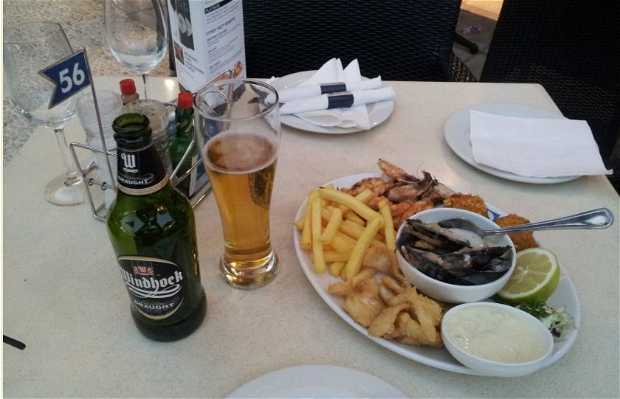

Compared to carp, rainbow trout farming is a rather new sector, which started only in the 20th century, and the production began to reach considerable commercial volumes at the end of the 1990s. Salmonids, mainly rainbow trout, are the second largest group with an annual share of about 40% of the total volume. Carp farming is extensive or semi-intensive and carried out in earthen ponds. In terms of volume, the biggest category is carp production, which annually provides over half of the country’s total aquaculture output, with common carp dominating. The number of enterprises in the sector was about 1 130, employing 4 757 people (full time equivalent). The farming is represented predominantly by freshwater farms and is carried out in traditional earth ponds in a 3-year production cycle, a system also seen in other Central and Eastern European countries.ĭuring the past five years aquaculture sector has been showing a 5.6% average annual growth, reaching 50.1 thousand tonnes in 2020 worth €117.3 million. These farms are at least 8 to 10 centuries old but are still functioning. The oldest fish farms are located on the Polish territories of Osiek, Zator, Przygodzie and Lyszkowice. The Polish aquaculture sector has a long history, with the first records of activity dating to the 12th century. The main species captured were carp, perch, roach, and bream. Poland also has a small freshwater fishery, and in 2020, the inland commercial and recreational fishery captured 3 thousand tonnes. Polish long-distance vessels fish primarily for cod, saithe, redfish, halibut, mackerel, and horse mackerel. Baltic sea fisheries targeted species such as sprat, herring, and Baltic cod. In 2020, the the catches of the Baltic fleet amounted to 130.4 thousand tonnes, while the long-distance fleet harvested 61.5 thousand tonnes. In recent years there has been a decrease in the number of vessels in the Polish fishing fleet, partly due to the decommissioning programme implemented in the country after the EU accession, and to the Fishing Effort Adjustment Plan adopted in 2010.

About two-thirds of the fleet are aged 25 years and over. with a combined gross tonnage of 32 371 GT and a total power of 80 262 kW. In 2020, the national fleet consisted of 823 registered vessels, of which 821 vessels belonged to the Baltic fleet. The Polish fleet consists of two major segments, the Baltic fleet, and the long-distance fleet the latter operates mainly in areas managed by the North East Atlantic Fisheries Commission (NEAFC), in the North Sea, and in waters under the jurisdiction of Mauritania, Angola, and Guinea. Although the fisheries sector represents a minor part of the Polish gross domestic product (GDP), it nevertheless plays an important role in some regions and has an influence on diversification of economic activities in local communities, particularly in rural areas. Poland, situated in central Europe and bordering the Baltic Sea to its north, has a coastline of 775 km, including the Szczecin and Vistula lagoons, accounting for 0.74% of the total EU coastline. Overview of the Polish fisheries and aquaculture sector


 0 kommentar(er)
0 kommentar(er)
